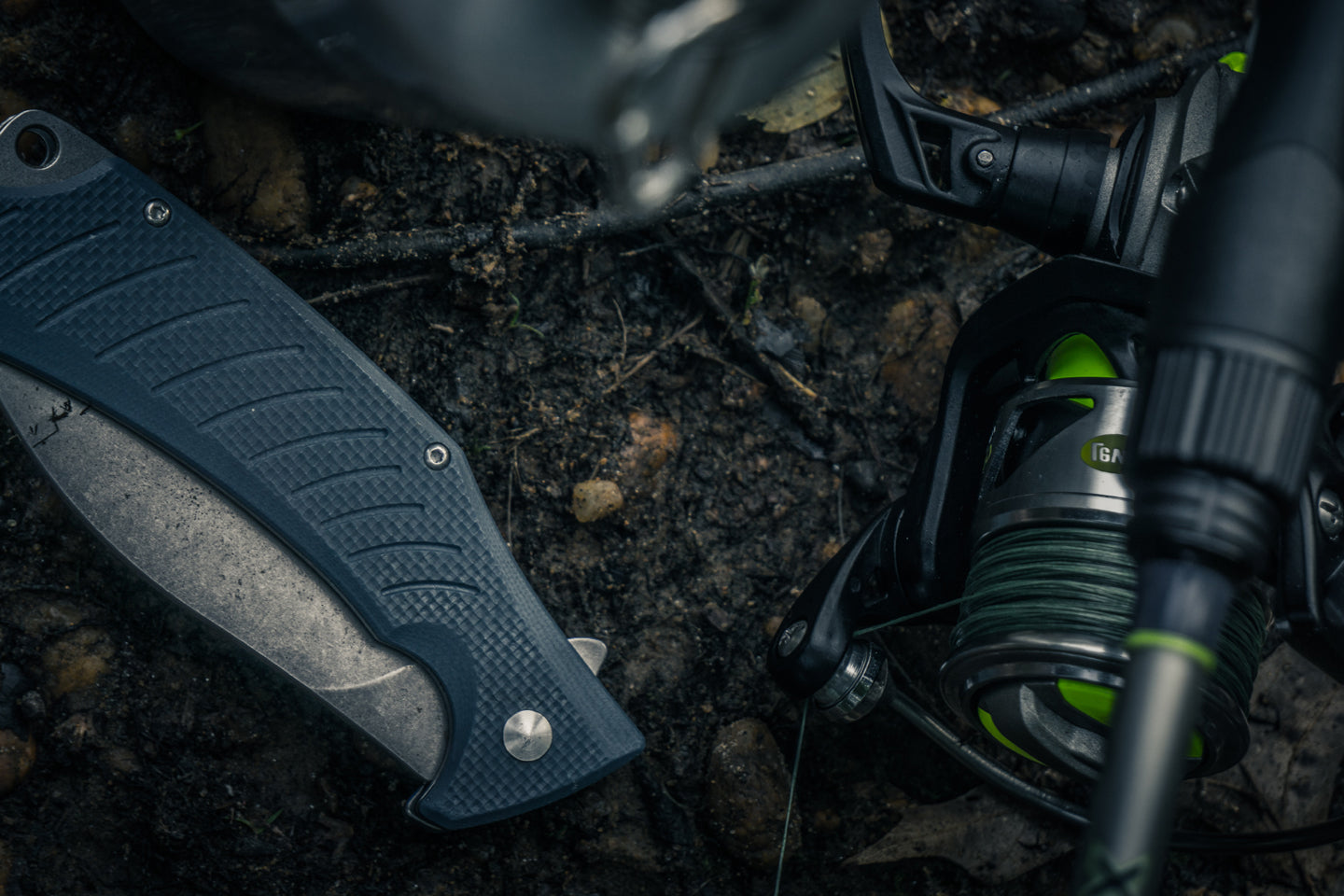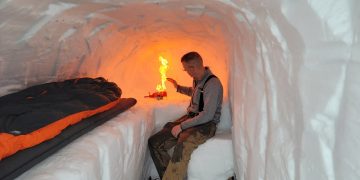In the world of outdoor survival, the knife is often hailed as the most important tool—an essential for everything from shelter building and food preparation to defense and fire-starting. But, what if you find yourself in the wild without a knife? Is survival still possible? In this article, we’ll explore how you can navigate a survival situation without the aid of this trusty tool, with creative alternatives and techniques that allow you to adapt and overcome.
The Knife: An Icon of Survival
Before we dive into how you might survive without one, let’s first consider why the knife is often regarded as the quintessential survival tool. A good survival knife is versatile—it can be used for cutting wood, preparing food, creating tinder, even making spears or traps. Its importance cannot be overstated in traditional survival theory.
But as with all tools, it’s only effective if used correctly. So, what happens when this one essential piece of gear is unavailable? Can you still meet your survival needs?
The Core of Survival: Adaptability and Resourcefulness
The essence of survival lies in adaptability—the ability to use your environment and any available resources to your advantage. While a knife is a versatile tool, it is by no means irreplaceable. In fact, throughout history, many cultures have survived in the wild without modern knives, using what nature provides and their own ingenuity.

Essential Skills Without a Knife
Surviving without a knife means relying on alternative methods to achieve the same results. Let’s look at some critical survival tasks and how to manage them without a blade.
1. Fire Starting
Starting a fire is one of the most important survival skills, as it provides warmth, light, and a way to cook food. While a knife is often used to shave tinder and prepare kindling, you can still start a fire without it by using the following methods:
- Flint and Steel: With the right technique, you can strike flint against steel to create sparks, which can then ignite dry tinder.
- Bow Drill: A bow drill creates friction to produce heat, which can then ignite tinder. While it’s a bit more complex, with practice, it’s a reliable method.
- Fire Plough: In emergency situations, a fire plough (scraping wood against another piece of wood) can create enough friction to start a fire.
2. Shelter Building
Shelter is another crucial element of survival. Without a knife, you won’t be able to cut branches into precise shapes, but there are still ways to create shelter using natural resources.
- Using Flexible Branches: Many trees, like pine or spruce, have flexible branches that can be bent to form a shelter frame without the need for cutting.
- Leaning Shelter: Use large, dead trees or fallen logs to create a natural lean-to shelter. By simply leaning branches against these, you can create a strong, windproof structure.
- Natural Tents: In the absence of a knife, you can use large leaves or even bark to line the interior of your shelter for insulation and weather protection.
3. Food Procurement
A knife is often used to skin animals, carve up meat, or cut vegetables. While it’s ideal to have a sharp blade, there are ways to procure food without it:
- Trapping: You can set traps with rope, string, or other materials found in nature. For instance, you can make a simple snare out of vines or paracord to catch small game.
- Fishing: Fishing without a knife is entirely possible. You can fashion fishing hooks out of bones, sticks, or even stones, and use natural materials like vines for fishing line.
- Foraging: Many wild edible plants don’t require cutting to harvest. Berries, nuts, and fruits can be picked by hand, and some roots can be pulled up without a knife, as long as you’re familiar with local plant life.
4. Water Collection and Filtration
The ability to collect and purify water is vital to survival. While knives are often used to carve containers or make tools for digging, you can still collect and filter water using natural resources.

- Bamboo or Hollow Sticks: These can be used to collect water, as they often have natural hollow centers.
- Rock Filtration: Rocks, sand, and charcoal can all be used in a makeshift filtration system to purify water.
Creative Alternatives to a Knife
If you’re without a knife, look to the environment for tools and materials that can help you accomplish your survival tasks. Here are some alternatives to consider:
1. Sharp Rocks and Stones
In the absence of a knife, you can use sharp rocks or stones for cutting or scraping. Look for rocks with an edge that has naturally been sharpened by the elements. Flint, obsidian, and quartz are ideal because they can be used for cutting, carving, and even fire-starting.
2. Bone Tools
Bones are incredibly durable and can be fashioned into a variety of tools, including needles, hooks, and even makeshift knives. Many ancient cultures used bones for this very purpose.
3. Wood Tools
With enough patience, you can craft basic tools out of wood. A sturdy branch can be sharpened with stones to create a makeshift spear for hunting or self-defense. You can also use wood to carve simple tools for digging or prying.
4. Plant Fibers
Fibers from plants like hemp, nettles, or pine bark can be twisted into cordage or used to make baskets, nets, or even makeshift ropes.
Survival Mindset: More Important Than Tools
While tools like knives can certainly make survival easier, they are by no means essential. In many cases, a clear and focused survival mindset is more important than any piece of gear you may carry. The ability to think critically, remain calm, and make use of what’s available to you can mean the difference between life and death in the wilderness.
Survival is about resourcefulness. It’s about using what nature provides and understanding the essential needs of shelter, water, food, and fire. And while knives are extremely useful, they are far from irreplaceable.
Conclusion: Can You Survive Without a Knife?
The short answer is yes. Surviving without a knife in the field is entirely possible with the right mindset, skills, and knowledge of natural resources. You don’t need a blade to thrive in the wild—what you need is creativity, adaptability, and the ability to make use of what’s around you.
Remember: survival is about more than just tools. It’s about thinking critically, using your environment wisely, and maintaining a calm, positive attitude in the face of adversity. And in the end, it’s not the knife that keeps you alive—it’s your own resourcefulness and determination.























